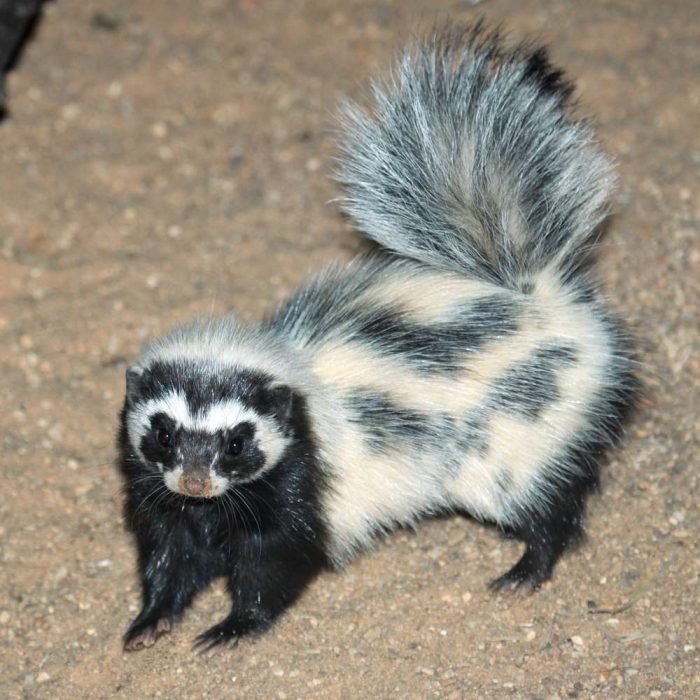Southern Reedbuck
( common reedbuck, rietbok )
- Redunca arundinum
- IUCN Status: Least Concern
- Trend: stable

General Information
The Southern reedbuck, Redunca arundinum gets its scientific name from two latin words meaning “backwards curved reed horns”.
Description
It has distinctive dark lines running down the front of each of its forelegs and lower hindlegs and whitish rings around the eyes
Fun Facts
The southern reedbuck (Redunca arundinum) is a graceful and elusive antelope found in Zambia’s wetlands, floodplains, and tall grasslands. Unlike many antelopes that flee at high speed, reedbucks prefer a slow, sneaky retreat, often freezing or creeping through dense reeds to avoid detection. When startled, they let out a sharp whistling alarm call before bounding away in a distinctive rocking-horse gallop, with their tails flicking up to reveal a fluffy white underside.
Ecology & Behaviour
The southern reedbuck is a gregarious animal moving in family groups of three to five. Their main predators include lions, leopards, cheetahs, spotted hyenas, wild dogs, pythons, and crocodiles. They can camouflage themselves in the grasslands due to their coats, which are almost the same color. If startled or attacked, they stand still, then either hide or flee with an odd rocking-horse movement, and cautiously look back to ensure the danger is gone, generally. They use vocalizations like a shrill whistle through their nostrils and a clicking noise to alert others about danger. They are herbivores that feed on grasses. It also eats herbs and reeds. It never enters into water, though it inhabits places with water sources. It needs to drink water every few days to several times a day during the dry season.
Distribution & Habitat
In Zambia it is very common in the Kafue National park than any other park. It can also be found in It Angola, Botswana, the Republic of the Congo, the Democratic Republic of the Congo, Gabon, Malawi, Mozambique, Namibia, South Africa, Eswatini, Tanzania, Zambia, and Zimbabwe. They are found in dambos and other open grassy areas.
Diet
The southern reedbuck is a gregarious animal moving in family groups of three to five. Their main predators include lions, leopards, cheetahs, spotted hyenas, wild dogs, pythons, and crocodiles. They can camouflage themselves in the grasslands due to their coats, which are almost the same color. If startled or attacked, they stand still, then either hide or flee with an odd rocking-horse movement, and cautiously look back to ensure the danger is gone, generally. They use vocalizations like a shrill whistle through their nostrils and a clicking noise to alert others about danger. They are herbivores that feed on grasses. It also eats herbs and reeds. It never enters into water, though it inhabits places with water sources. It needs to drink water every few days to several times a day during the dry season.
Reproduction
The southern reedbuck is a gregarious animal moving in family groups of three to five. Their main predators include lions, leopards, cheetahs, spotted hyenas, wild dogs, pythons, and crocodiles. They can camouflage themselves in the grasslands due to their coats, which are almost the same color. If startled or attacked, they stand still, then either hide or flee with an odd rocking-horse movement, and cautiously look back to ensure the danger is gone, generally. They use vocalizations like a shrill whistle through their nostrils and a clicking noise to alert others about danger. They are herbivores that feed on grasses. It also eats herbs and reeds. It never enters into water, though it inhabits places with water sources. It needs to drink water every few days to several times a day during the dry season.
Conservation
It is listed as “Least Concern” on the IUCN Red list.
Interaction with Humans
It is reportedly one of the easiest antelopes to approach and kill and because of this most of them are kept within protected areas













